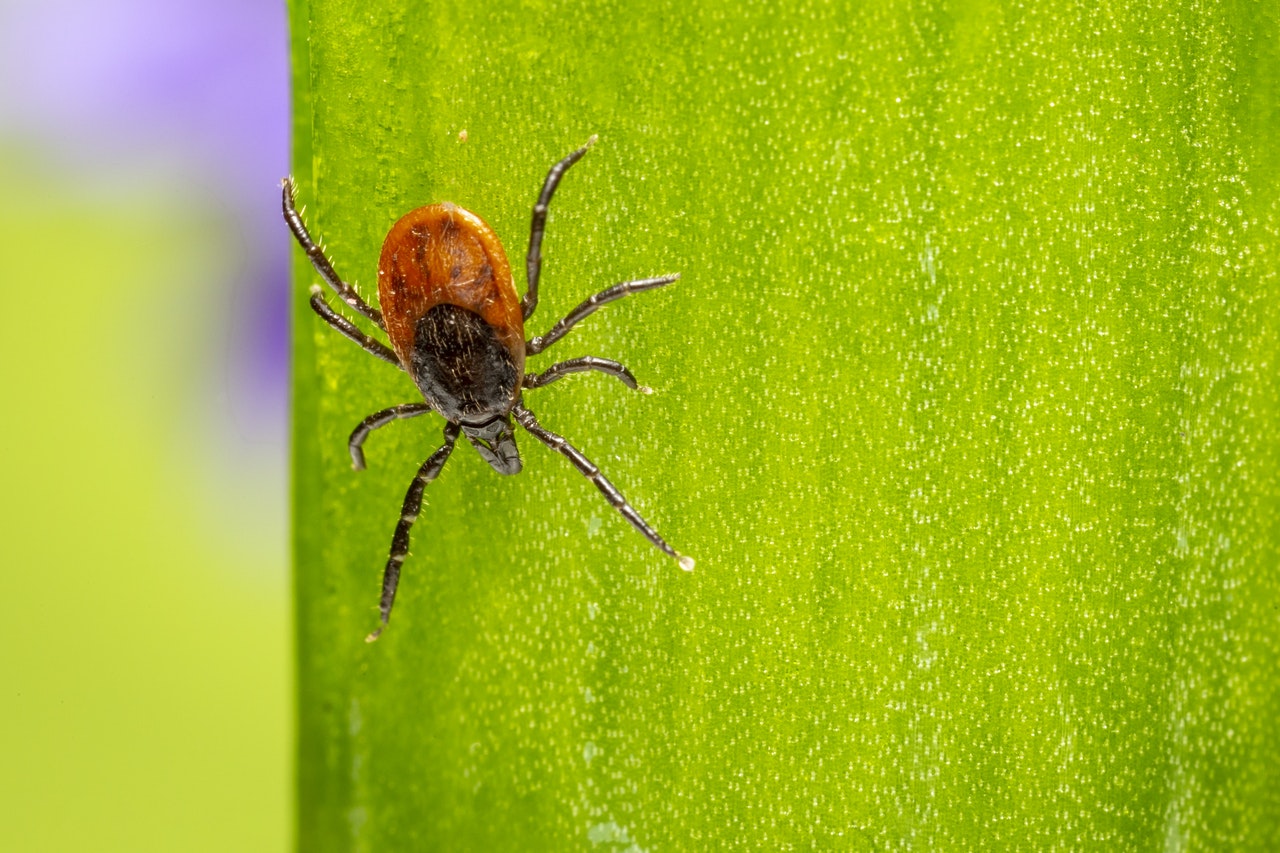As the global health crisis stretches into the later part of the year, there’s a new troubling trend on the rise. The World Health Organization warns that the coronavirus transmission is primarily carried out by young people is not one but several countries around the world. Now that the United States prepares to make sure colleges and schools reopen, experts fear the cases of transmission might grow exponentially.
The countries in the region of Asia which had low rates of infection earlier too are beginning to experience surges in recent weeks. The thing that calls to attention about the reports is the fact that those suffering from the virus are part of a younger age group.
Takeshi Kasai is the WHO’S Western Pacific regional director. He believes people in their 20’s, the 30s and 40s are mostly driving up the rates of infection and thus changing the course of the epidemic.
In recent weeks more than half of coronavirus cases in the Philippines and Australia are younger than the age 40, according to WHO. This is contrasting to the ages of patients found in the past months which were mostly older.
Usually, the symptoms of coronavirus are mild in younger patients, Kasai notes that most of the infected patients are often unaware of their illness.
Kasai warns that such increases in infections will mean more susceptible, weaker people in the population such as the elderly, the sick, those in long-term care, and people living in densely populated urban areas as well as those in underserved rural areas will catch the virus more easily.
Also Read: Healthy Sleep Cycles Boost Brain Health, New Study Suggests
These eye-opening warnings come just in time as the United States sits to debate whether or not schools and colleges can be risked to be reopened.
The coronavirus has thus far caused at least 168,000 deaths in the United States which is a grave number on its own.
Therefore for colleges and universities, the problem of the coronavirus is particularly troubling. Students are usually either in their 20s or late teens and live often in congested dormitories, their usual activities also always consist of off-campus gatherings which means there could be plenty of chances for coronavirus transmission.
A case from Chapel Hill perhaps serves an important example that fuels concern. The University of North Caroline from the area had reopened earlier this week with a few new rules in place. The campus made sure to employ social distancing protocols which include leaving dorms less filled with students and blocking some chairs in lecture halls so that students maintain safe distances.
On Monday however, the decision took a turn for the worse, and the school was immediately shut down when it was discovered that about 177 students had caught the novel virus and further news of coronavirus transmission broke out in the nearby residence halls including one fraternity house.
This however is not the only case; other colleges are sharing similar coronavirus case numbers.
On Tuesday, the University of Notre Dame has announced that they will discontinue in-person teaching for as long as two weeks after they discovered 147 people had caught the virus after August 3.
Michigan State University has also followed a similar route this Tuesday by announcing that they will choose remote learning over in-person learning after it was discovered that 187 people in East Lansing had been traced to a coronavirus outbreak in July.
Regardless of the dire state of such university students, public universities in varying states are mulling ahead with ideas of reopening their respective campuses. Such colleges include some in Florida and Georgia which have one of the worst-case rates in the country.
According to a study produced by the Centers for Disease Control and Prevention, Hispanic children have the likelihood of at least 8 times more than white children of acquiring the virus, Black children, on the other hand, stand a five times more chance at catching the infection than their white peers. Therefore it is sufficient to say that there is much to be concerned about regarding the reopening of such institutions.

